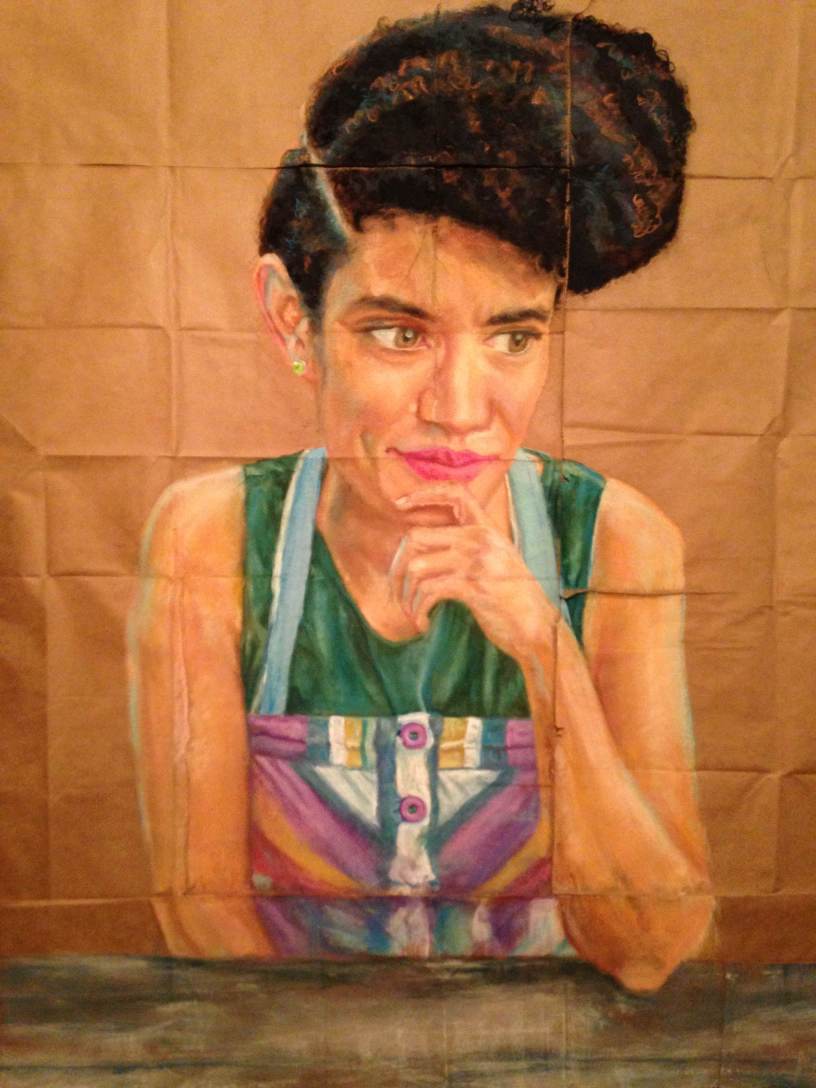Interview with Playwright Adrienne DawesPosted in Articles, Arts, History, Interviews, Latino Studies, Media Archive, United States, Women on 2017-02-22 21:30Z by Steven |
Interview with Playwright Adrienne Dawes
#TeatroLatinegro
2016-12-23
 Dawes Portrait by Beth Consetta Rubel Photo via Dawes |
I heard of Adrienne Dawes when a show that talked about Mexican identity called Casta came on my radar. I knew that I had to connect with her. She is a boss writer and the head of a production company called Heckle Her. She is the mastermind behind dope shows like Doper than Dope, Am I White and Denim Doves. She has been featured in Essence magazine and other national outlets….
…Adrienne is the recipient of the Stanley and Evelyn Lipkin Prize for Playwriting. Her play Am I White was a finalist for the 2012 O’Neill National Playwrights Conference and semifinalist for the 2012 Princess Grace Award. Am I White won the David Mark Cohen New Play Award (2015 Austin Critics Table Awards), an award for Outstanding Original Script (2015 B. Iden Payne Awards) and was honorably mentioned by The List (The Kilroys) of recommended new plays by female and trans authors. Adrienne is a member of the Dramatists Guild and a company member of Salvage Vanguard Theater in Austin, TX. In January 2017, Adrienne will join the inaugural class of writers in the Tulsa Artist Fellowship, supported by the George Kaiser Family Foundation.”
What is your identity?
I identify as mixed-race, multiracial, and/or AfroLatina. I am an artist and feminist; my pronouns are she and her.
Tell us about CASTA.
“Casta” is the working title of a new performance piece I am writing and creating with support from Salvage Vanguard Theater in Austin. It’s my first time to collaborate with visual artist Beth Consetta Rubel and composer Graham Reynolds. It’s also my first “history” play set in a very specific time and place (presented mostly as a period piece). We are exploring mixed-race representation in casta paintings of 18th century Mexico. Casta paintings were a unique genre of portraiture that depicted different racial mixtures arranged in 16 panels according to a hierarchy of race and status…
Read the entire interview here.
